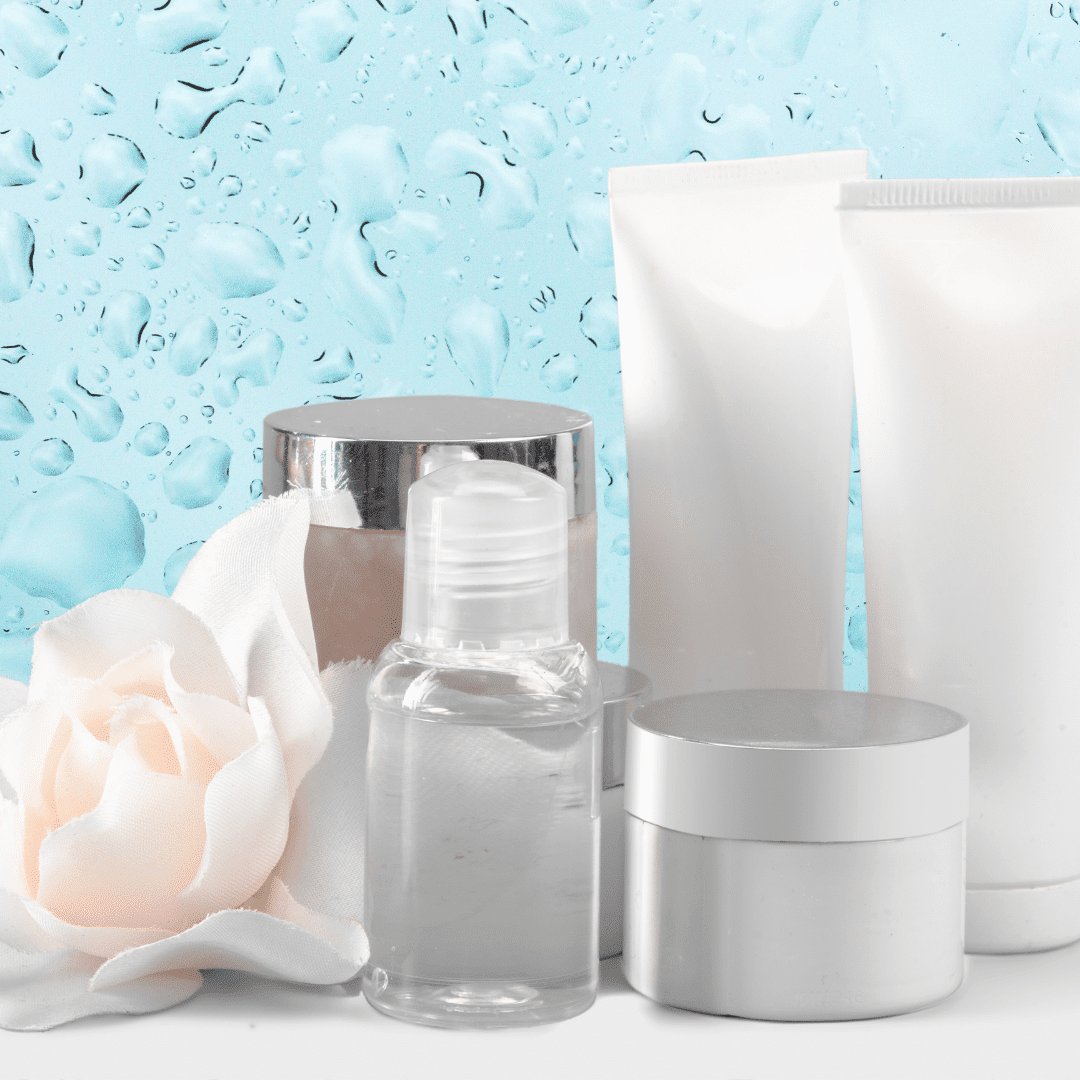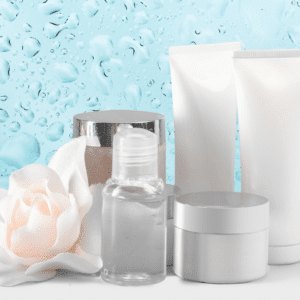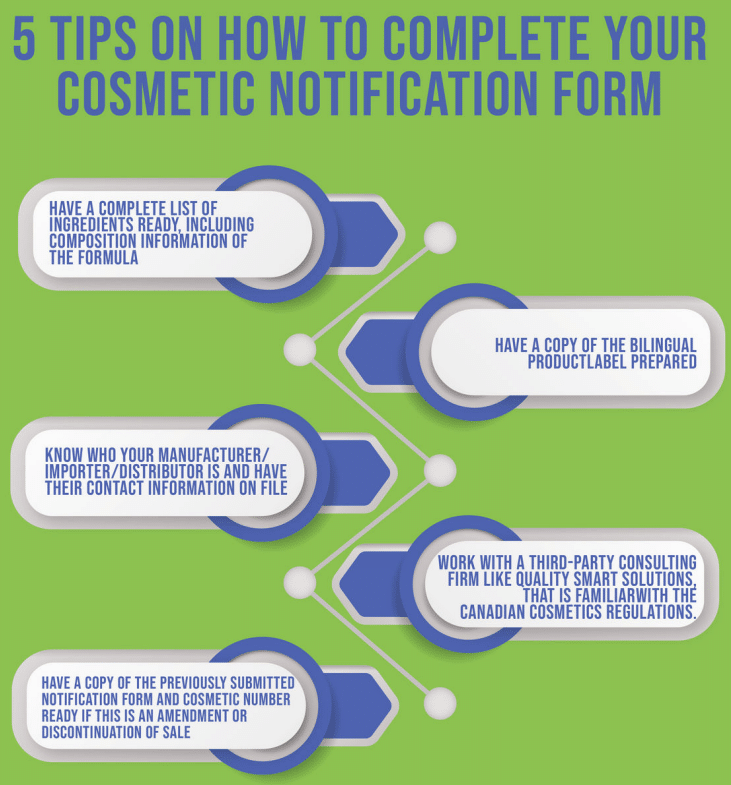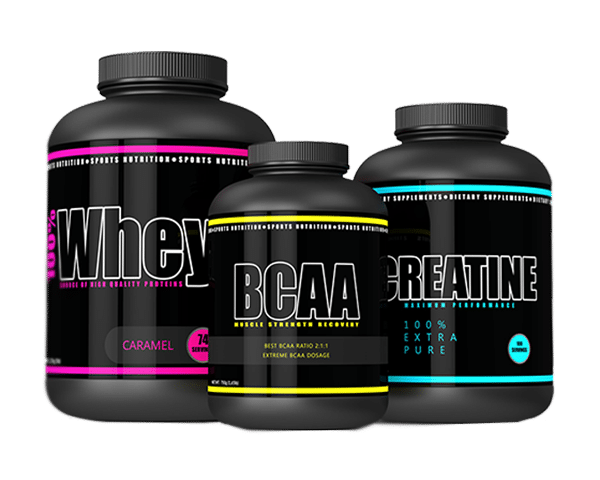
In this blog, we’ll focus on answering your questions about the SFCR License and Preventive Control Plans, including why they are important and how they go together.
What is a Safe Food for Canadians Regulations License (SFCR)?
The Safe Food for Canadians Regulations (SFCR) and the Safe Food for Canadians Act (SFCA) came into effect on January 15, 2019. The SFCR consolidates 14 sets of existing food regulations into one single set of regulations to maintain consistency of regulations for your food business, reduce administrative burden and allow food business to focus on outcome-based provisions. Under the SFCR, certain food businesses will require a license to conduct one or more activities.
This is to establish a framework and improve food safety in Canada. The SFCR applies to food and food ingredients for human consumption, whether they are imported, exported, or traded within the provinces. There are new elements covered in the SFCR regarding licensing, preventive controls, and traceability. The SFCR lists out requirements to issue, renew and amend a license and rules relating to meat products. It also lists out what kind of food businesses will require a license and when they need to have one. Having the license allows the Canadian Food Inspection Agency (CFIA) to know who the manufacturers are and what activities they conduct.
Why do I need an SFCR License?
As per Part 3, Division 1 of the Safe Food for Canadian Licence Regulations. The Canadian Food Inspection Agency (CFIA) issues an SFRC license to businesses conducting food-related activities, such as manufacturing, trading, importing, or preparing food products for export or to be sent across territorial or provincial boundaries. This CFIA SFCR license helps the agency in aligning Canada’s regulations with global food standards, identifying food businesses, and taking responsive action when their activities fail to be compliant with the regulations. Certain requirements of the SFCR License may apply in 2021 based on food type of activity, commodity, and business size.
Need a Preventive Control Plan or SFCR License?
What is a Preventive Control Plan (PCP)?
The SFCR has a section focusing on preventive controls. These measures are to maintain food safety, reduce contamination, and ensure food that enters the Canadian market is safe. These controls cover areas including sanitation and pest control, treatments and processes, equipment, maintenance, and operation of establishments, unloading, loading, and storing food, employee competence, employee hygiene, employee health, and complaints and recalls. A preventive control plan (PCP) is written to explain how to identify and control the risks to food and food animals.
They are based on Hazard Analysis Critical Control Point (HACCP) principles and include areas related to packaging, labeling, grades, and standards of identity. Foreign suppliers and Canadian importers must explain how they meet the preventive food safety control requirements. According to SFCR section 86-89, food businesses must have and maintain a written PCP. However, some small businesses may be exceptions. This is to ensure businesses are manufacturing, exporting, and importing safe food. These measures help to identify, prevent, and correct issues during the production stage, which then protects Canadians, avoids product recalls, and continues market access with other countries that have similar requirements.
We can provide PCP plans, employee training, certification audit preparation, food safety documentation, and food safety plan development.
Step-by-Step Guide for Preparing a Preventive Control Plan?
Here’s a step-by-step guide to help you prepare a comprehensive Preventive Control Plan:
Understand Applicable Regulations:
- Research and understand the relevant food safety regulations and standards that apply to your specific industry and region. In the United States, for instance, the Food Safety Modernization Act (FSMA) establishes preventive controls requirements for food facilities.
Identify Hazards:
- Conduct a thorough hazard analysis to identify potential biological, chemical, and physical hazards that could pose risks to food safety at each stage of your operation.
Determine Preventive Controls:
- For each identified hazard, establish preventive controls that can effectively minimize or eliminate the identified risks. Preventive controls can include process controls, sanitation practices, allergen controls, supplier verification, and more.
Set Critical Control Points (CCPs):
- Determine critical control points in your process where preventive controls are essential to prevent or eliminate hazards. These are specific points where control measures are applied to prevent, reduce, or eliminate hazards to an acceptable level.
Establish Monitoring Procedures:
- Develop procedures to monitor the effectiveness of your preventive controls at each CCP. Monitoring activities could include visual inspections, measurements, testing, and more.
Implement Corrective Actions:
- Outline steps to be taken if monitoring indicates that a preventive control is not being met or a hazard is not being adequately controlled. Corrective actions should address the root cause of the issue and prevent the product from entering commerce if necessary.
Create Verification Procedures:
- Develop procedures to verify that your preventive controls are consistently implemented and effective. Verification activities may include reviewing records, calibrating equipment, conducting internal audits, and testing samples.
Establish Recordkeeping Protocols:
- Detail the records that need to be maintained to demonstrate compliance with your preventive controls. These records should include monitoring results, corrective actions taken, verification activities, and more.
Develop Supplier Approval and Verification Procedures (if applicable):
- If you source ingredients or materials from suppliers, establish procedures for approving and verifying their safety practices and products.
Train Employees:
- Provide training to employees involved in implementing the preventive controls. They should understand their roles and responsibilities in ensuring food safety.
Document the Plan:
- Compile all the information into a comprehensive written Preventive Control Plan. This plan should be well-organized and easily accessible to relevant personnel.
Implementation and Review:
- Put your Preventive Control Plan into action and regularly review its effectiveness. Make updates as needed based on changes in processes, hazards, regulations, or industry best practices.
FDA Registration and Compliance (U.S. Only):
- In the United States, food facilities are required to register with the U.S. Food and Drug Administration (FDA) and comply with the regulations outlined in the Food Safety Modernization Act (FSMA).
Remember that the specific steps and requirements for creating a Preventive Control Plan can vary based on your industry, geographical location, and applicable regulations. It’s important to tailor your plan to your specific operations and seek guidance from food safety experts or regulatory authorities to ensure full compliance.
What are the benefits of a comprehensive Preventive Control Plan?
Creating a comprehensive PCP can provide numerous benefits for your food manufacturing business, including:
– Ensuring the safety of your products and protecting consumers from illness or injury.
– Meeting regulatory requirements and avoiding fines and penalties.
– Improving the efficiency and effectiveness of your manufacturing processes.
– Enhancing your reputation as a responsible and trustworthy food manufacturer.
– Providing a framework for continuous improvement and ongoing success.
What are the common mistakes to avoid when creating a Preventive Control Plan?
When creating a PCP, it’s essential to avoid common mistakes that can undermine the effectiveness of your plan. Some common mistakes to avoid include:
– Failing to conduct a thorough hazard analysis and risk assessment.
– Establishing ineffective or inappropriate preventive controls.
– Need to develop appropriate monitoring procedures for your specific manufacturing processes.
– Neglecting to establish procedures for taking corrective action in case of a problem.
– Failing to maintain accurate and up-to-date records and documentation.
– Neglecting to verify and validate the effectiveness of your PCP.
– Failing to provide adequate employee training and education.
– Failing to review and update your PCP regularly.
Resources for Creating a Preventive Control Plan
Numerous resources are available to help you create a comprehensive PCP that meets regulatory standards. Some resources to consider include:
– FDA Food Safety Modernization Act (FSMA) website
– FDA Preventive Controls for Human Food guidance document
– FDA Hazard Analysis and Risk-Based Preventive Controls for Human Food course
– FDA Food Safety Plan Builder tool
– Food Safety Preventive Controls Alliance (FSPCA) training courses

















